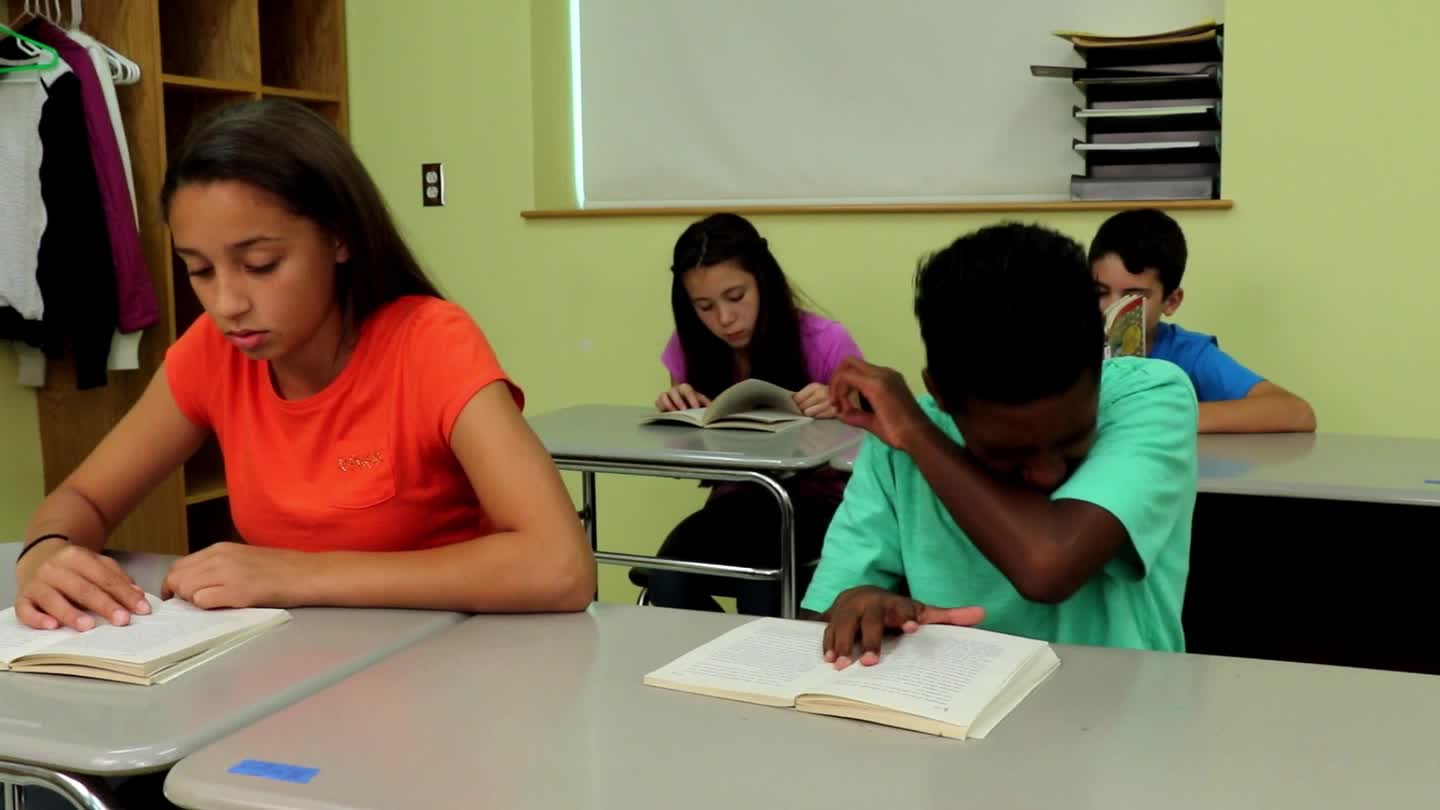Introduction
Teaching students proper hygiene practices, such as covering their mouth and nose when they sneeze or cough, is essential to promoting a healthy and safe learning environment. By incorporating principles of Social-Emotional Learning (SEL), educators can help students develop empathy, self-awareness, and responsible decision-making skills. In this blog post, we will discuss an easy-to-implement activity that encourages proper hygiene practices, followed by discussion questions and related skills for students.
No-Prep Activity
The “Hygiene Charades” activity is a fun and engaging way for students to learn and practice proper sneezing and coughing etiquette. It requires no preparation or materials from the educator.
- Divide the class into two teams.
- Have one student from each team come to the front of the class.
- Whisper a hygiene practice to each student, such as “sneezing into your elbow” or “coughing into your sleeve.”
- Each student will then act out their given scenario without using any words, while their teammates try to guess the correct hygiene practice being demonstrated.
- The team that correctly guesses their teammate’s hygiene practice first wins a point.
- Continue the game until all students have had a chance to participate, or until a predetermined number of points have been reached.
This activity not only reinforces the importance of proper hygiene practices but also encourages teamwork, communication, and social awareness among students.
Discussion Questions
After the “Hygiene Charades” activity, consider facilitating a group discussion with the following questions:
- Why is it important to cover your mouth and nose when you sneeze or cough?
- How can sneezing or coughing without covering your mouth and nose affect others around you?
- What are some other ways we can practice good hygiene and keep our classroom environment clean and healthy?
- How can we help remind each other to follow proper hygiene practices?
- Why is it important to be aware of our actions and how they may impact others in a social setting?
Related Skills
Beyond sneezing and coughing etiquette, there are many other relevant skills that students can benefit from learning. Some examples include:
- Handwashing techniques: Teach students the proper way to wash their hands, emphasizing the importance of using soap and spending at least 20 seconds scrubbing.
- Personal space awareness: Encourage students to be mindful of their personal space and the space of others, helping to create a comfortable and respectful classroom environment.
- Responsible decision-making: Guide students in understanding the consequences of their actions, such as the potential spread of germs when not practicing proper hygiene.
- Empathy and perspective-taking: Help students develop empathy by considering how their actions, including hygiene practices, can impact the feelings and well-being of others.
Next Steps
Integrating proper hygiene practices and Social-Emotional Learning principles in the classroom is essential for promoting a healthy and supportive learning environment. To help you get started, we encourage you to sign up for free samples of our skill-building materials and explore other related resources. By doing so, you’ll be well-equipped to teach students the importance of good hygiene, empathy, and responsible decision-making.






